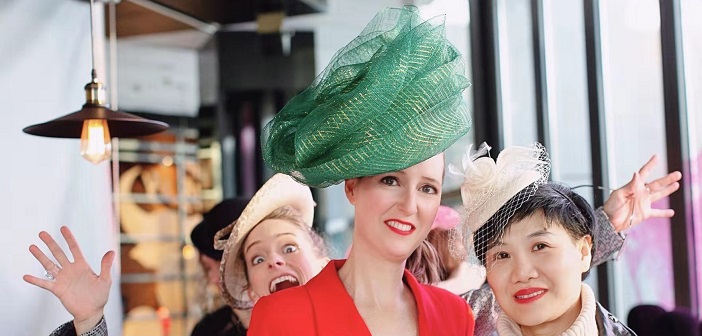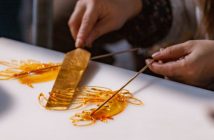From the Ascot races to royal weddings and coronations, the fascinator has become a mark of nobility and wealth. But it is no longer the preserve of those wielding titles and flush with cash. Weddings and official functions these days see a splash of these amazing creations donning elegant ladies from all walks of life. One might say, fascinators are fascinating little objets d’art! Bad pun aside, each piece gives the impression of having been painstakingly crafted with light yet sturdy materials that add whimsy and intrigue to the pieces. Their strangely elegant contortions and angles seem to be held together by invisible thread, while for those initiated in the ways of the fascinator, an adept clip or pin helps anchor the piece to one’s head, giving the impression of it being held there by sheer will. A fascinator’s grandeur and artistry makes one beg the question, “Who did that and how did they?”
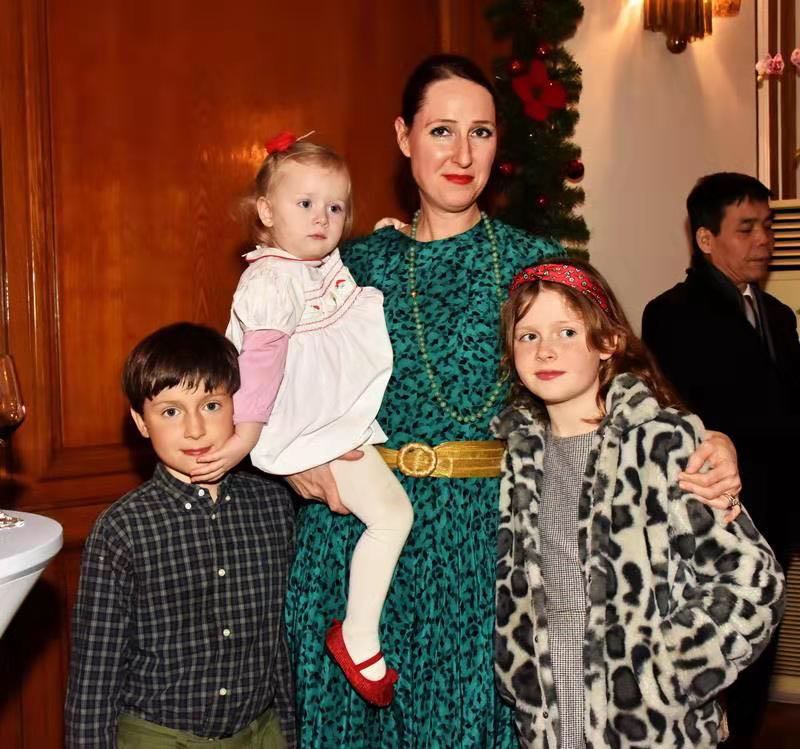
Elisabeth Koch and her children
If you happen to see one of these stunning creations in the greater Beijing area, then you might be admiring the work of Elisabeth Koch, hatter extraordinaire who is the undisputed queen of all matters millinery in Beijing. Finding her professional beginnings in the financial sector, she would soon trace her path back to her childhood passions of creating things by hand, with an impending move to an unknown location being the catalyst she needed to pursue this passion. “I’ve always loved making things with my hands, and that’s something that I’ve basically done since I was born,” Koch explains, adding that she comes from a creative family, and an upbringing that encouraged upcycling with creativity rather than tossing out what was broken had left a yearning to explore what else she could do. Koch recalls making skirts from broken umbrellas as a child and having a particular fascination with her grandmother’s hats, amassing a large collection of her very own vintage hats to boot. It almost seems inevitable that she would look for and join a millinery college sooner or later, deciding to join one in London.
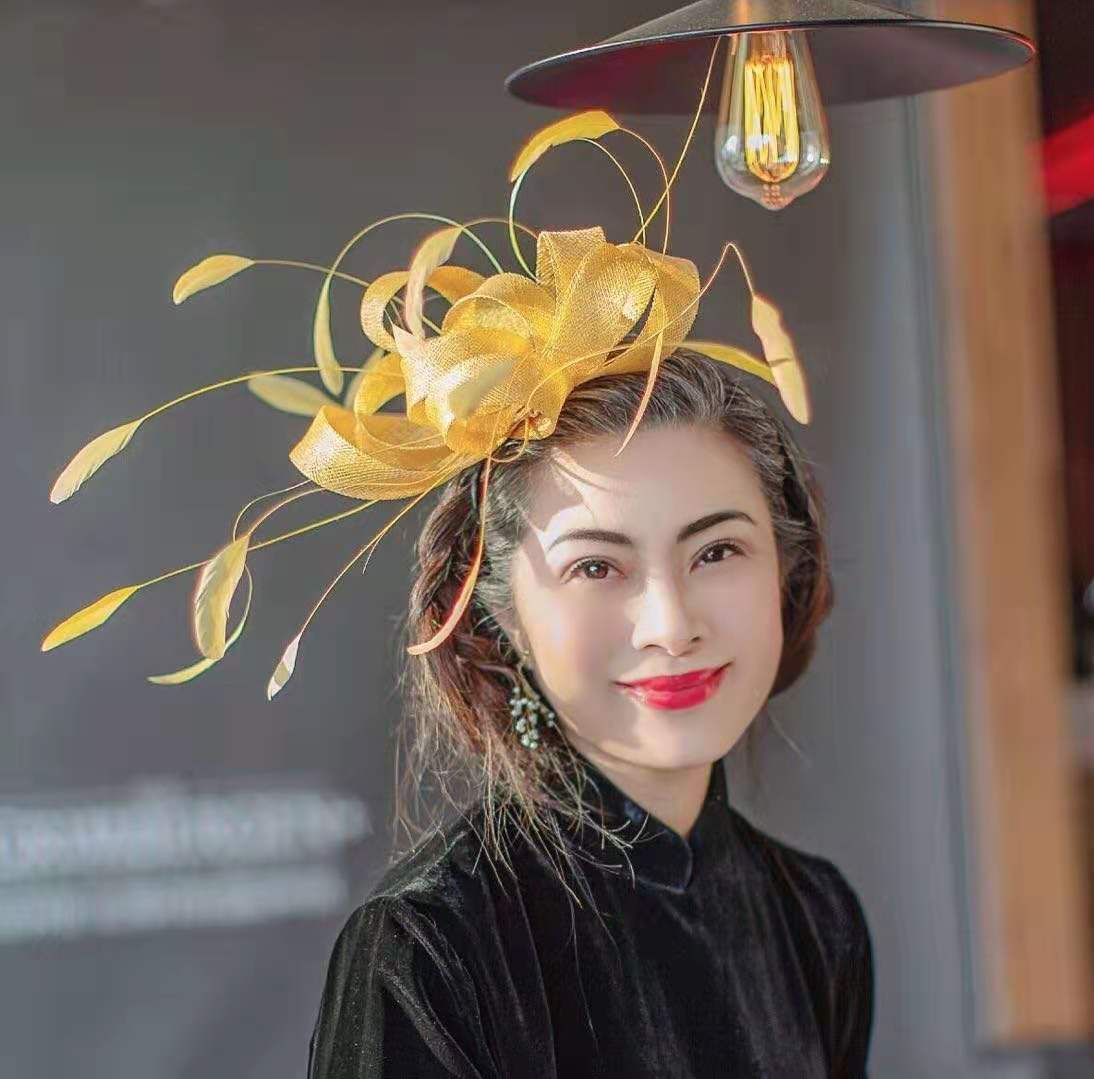
Even though Koch admits that the reception for her whimsical creations has been overwhelmingly positive, she wouldn’t have foreseen this after first arriving in Beijing in 2007. “When I came to Beijing in 2007, no one was making hats, at least no one was making hats like these. All the hats were functional. They were designed to either keep you warm in winter or to keep the sun away in summer,” recalls Koch. Gradually she began injecting her ostentatious creations, showing up to parties with hats in the form of everything from the Eiffel tower to a lobster. These oddities generated a curiosity which saw a spark of interest transform into a trickle of orders, then becoming a large demand for Koch’s creations by top magazines all wanting to be part of this millinery-themed renaissance in Beijing.
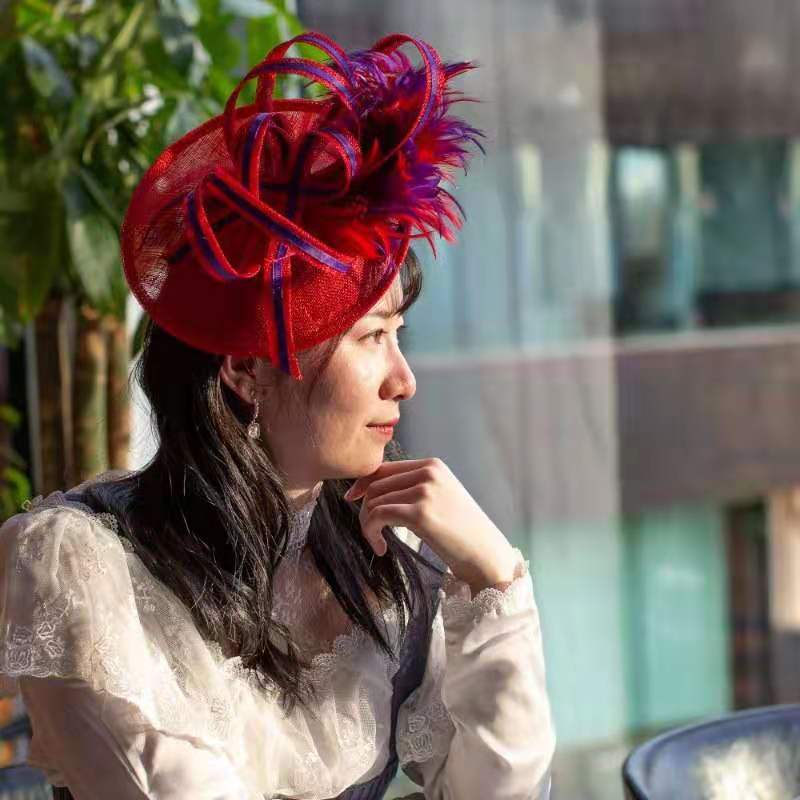
Koch’s creations have graced covers of top magazines including Vogue, Elle, and Tatler just to mention a few, while generating thousands of pages of coverage in reputable journals. Her hats have also graced the heads of virtually every single Chinese megastar while also being shot by famed photographer Mario Testino for the 100th issue of Vogue China. Fan Bing Bing, Shuqi, Carl Smith, Stella McCartney, and even Queen Máxima of the Netherlands have been recipients of Koch’s one-of-a-kind designs. Despite these irrefutable successes, it still remains a challenge to dominate the vastness of such an industry as a one-woman army. Add to that, the responsibility of taking care of her three children, all of who were born in Beijing. Koch has learned to juggle her passion for her craft and her love for her family, saying “It’s helpful to have a space in which you can work that is not connected to the home. It is separated,” a practice she instituted upon the birth of her second son, moving her studio from her apartment to another location.
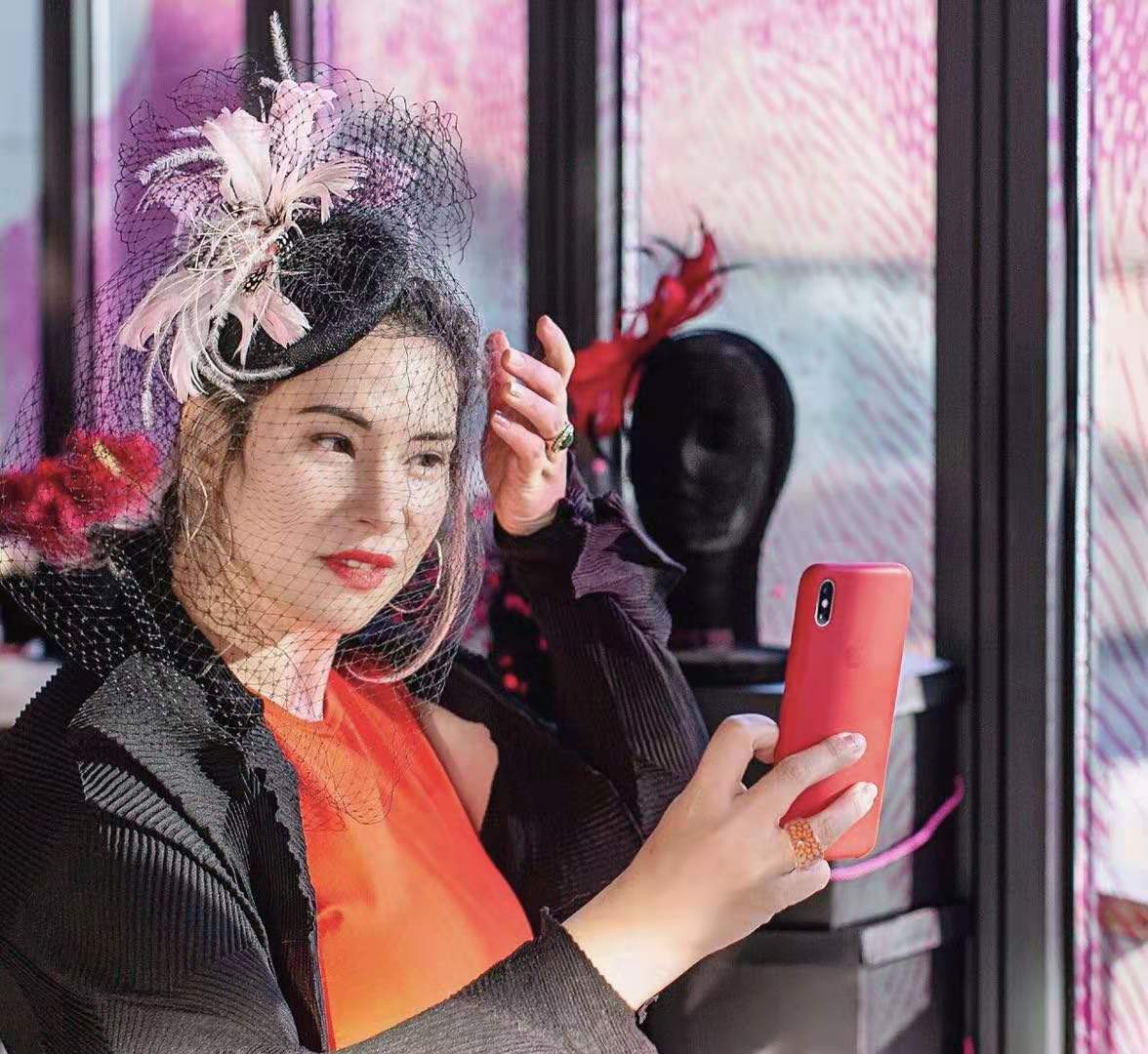
Since the successful entrance of Koch’s brand into the Chinese market, she has split it into two distinct brands: Pink label and Blue label. Her Pink label deals exclusively with one-of-a-kind, handmade pieces that are on the higher end and are personally made by Koch herself, while the Blue label focuses on the reproduction, also by hand, of certain designs, with the production not exceeding fifty pieces. Koch’s designs still remain the industry leader, and it might be that she leaves on a high as Koch and her family are relocating to their native Netherlands permanently. At the moment, she is searching for a talented individual with as much a passion for hats as she does to take the lead in the Chinese end of her business, while she continues designing and creating in the Netherlands.
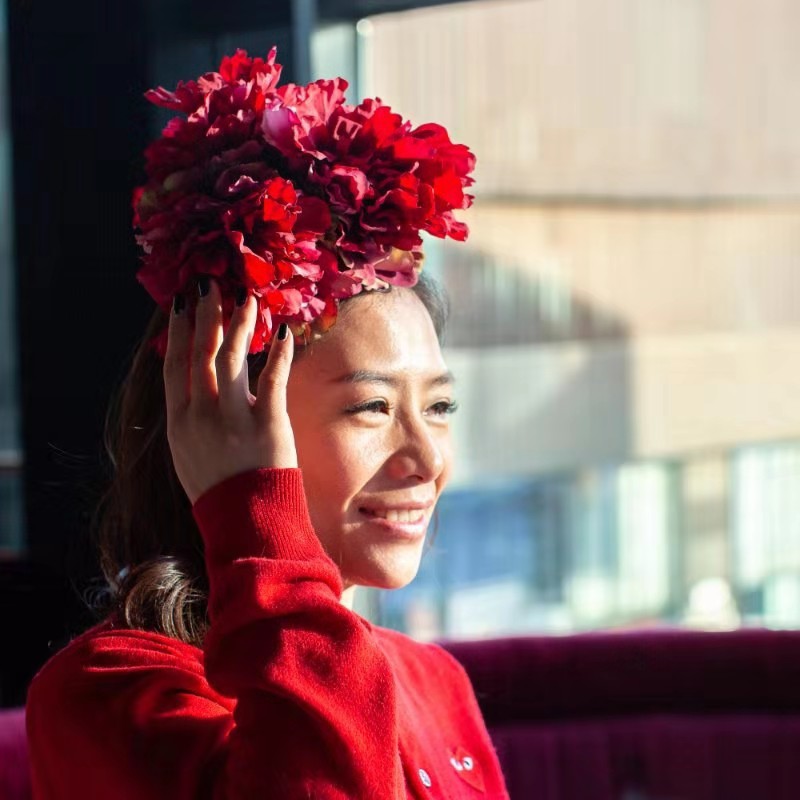
As a parting shot, she encourages those with dreams and passions to pursue them. “Go for it, try it and see where it takes you. When I started I thought ‘who is going to want to buy and wear hats in China?’ My plan B was I would go back into the financial sector if It didn’t work out!” But she never looked back, and all hat enthusiasts in China breathe a collective, grateful sigh of relief. It is hard to imagine Beijing without Elisabeth Koch and her iconic creations.
Photos: Courtesy of Elisabeth Koch

